Social media has become an integral part of how consumers discover and purchase products. The rise of social commerce – buying directly through social media platforms – has transformed the retail landscape, blurring the lines between discovery, engagement, and purchase. In this dynamic environment, user-generated content (UGC) has emerged as a powerful driver of sales, and product tagging plays a crucial role in leveraging its potential.
Table of Contents
Why is UGC Tagging Essential?
Imagine browsing your favorite social media platform and encountering a stunning photograph of someone wearing a beautiful dress. Wouldn’t it be fantastic to instantly know where to buy that dress? This is the power of product tagging. By enabling users to tag products directly within their posts, brands can:
- Drive Sales: Tagging creates a seamless shopping experience, allowing users to purchase items they see in real-life contexts, increasing conversion rates.
- Boost Engagement: Product tagging encourages interaction, as users are more likely to comment or share when they can easily discover the tagged product.
- Enhance Brand Authenticity: UGC featuring tagged products is more genuine and relatable than traditional marketing materials, fostering trust and brand loyalty.
- Gather Valuable Insights: Analyzing tagged products reveals consumer preferences, trends, and popular items, providing invaluable data for product development and marketing strategies.
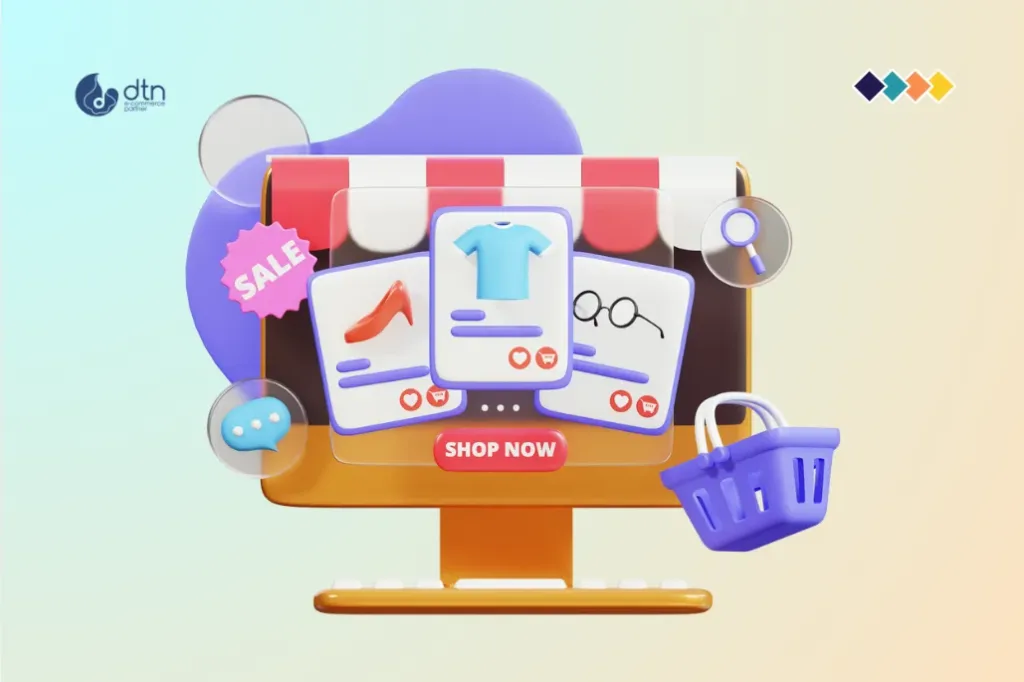
Implementing UGC Tagging for Social Commerce Integration
Several methods enable brands to integrate UGC tagging into their social commerce strategy:
- Dedicated Social Commerce Platforms: Platforms like Shopify, BigCommerce, and Pinterest Shopping offer built-in features for creating shoppable posts where users can tag products directly.
- Third-Party Apps and Integrations: Tools like Shoppable, Like2Buy, and ShopStyle allow users to tag products from various retailers within social media posts, providing a convenient and unified experience.
- Custom Tagging Solutions: For brands with specific requirements, custom tagging solutions can be developed to integrate seamlessly with their existing platforms and functionalities.
- In-App Tagging: Some social media platforms, such as Instagram and TikTok, offer native tagging features, allowing users to tag products directly within their posts, without relying on third-party apps.
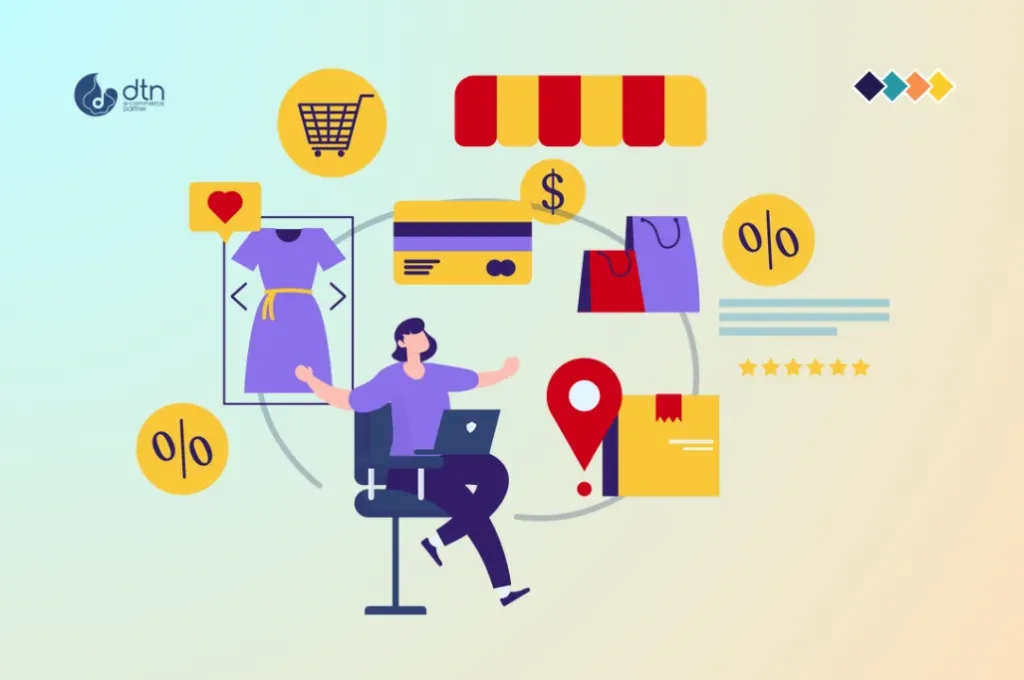
Optimizing Your UGC Tagging Strategy
To make the most of UGC tagging, consider the following strategies:
- Encourage User Participation: Run contests or campaigns that incentivize users to tag products in their posts.
- Provide Clear Instructions: Offer user-friendly guides on how to tag products and use tagging features effectively.
- Utilize Visual Content: Encourage users to share high-quality photos and videos featuring tagged products.
- Partner with Influencers: Collaborate with relevant influencers to create compelling content with tagged products and reach a wider audience.
- Track and Analyze Data: Monitor tagged products, engagement levels, and conversion rates to optimize your tagging strategy continuously.
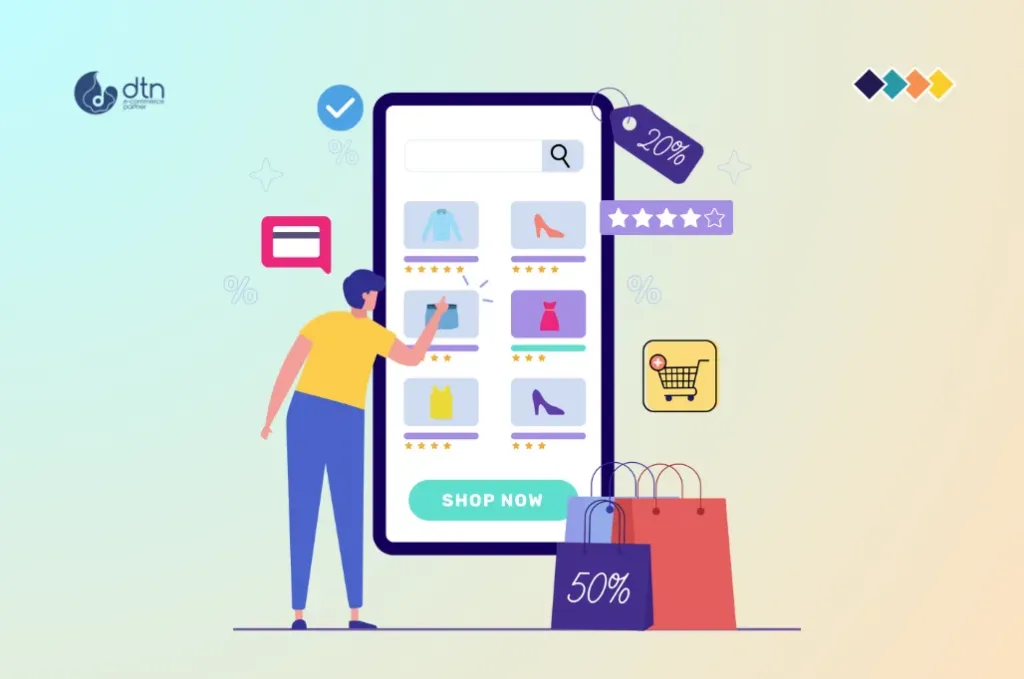
Benefits of UGC Tagging for Both Users and Brands
UGC tagging offers a win-win situation for both consumers and brands. Users benefit from a convenient and engaging shopping experience, while brands enjoy increased sales, brand awareness, and valuable insights.
- For Users: Product tagging removes the frustration of searching for items seen in social media posts. It offers a seamless and inspiring shopping experience, encouraging discovery and purchase.
- For Brands: UGC tagging fosters authenticity and trust, driving sales and generating valuable data for informed decision-making. It empowers brands to connect with their audience on a deeper level, ultimately leading to greater brand loyalty and long-term success.
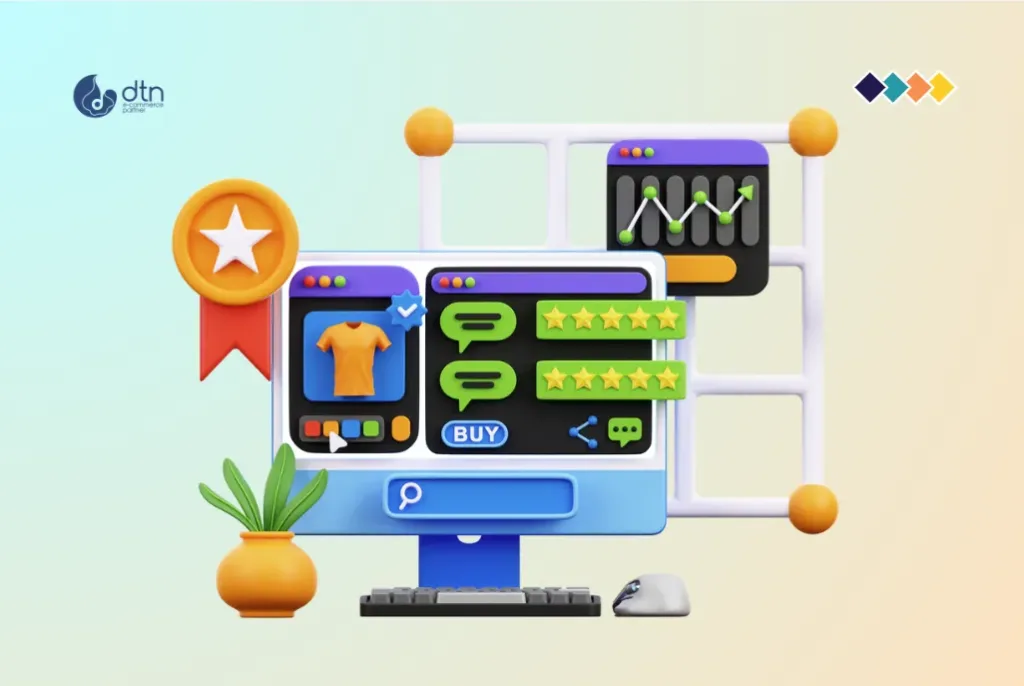
Looking Ahead: The Future of UGC Tagging
As social commerce continues to evolve, UGC tagging will become even more sophisticated and integrated.
- AI-Powered Tagging: Artificial intelligence will play a significant role in automating tagging processes, identifying products in images and videos more accurately.
- Personalized Tagging: AI can also personalize tagging experiences, suggesting relevant products based on user preferences and past behavior.
- Virtual Try-On and Augmented Reality: Integrating virtual try-on features and augmented reality experiences will further enhance the shopping journey, enabling users to visualize products in real-time.
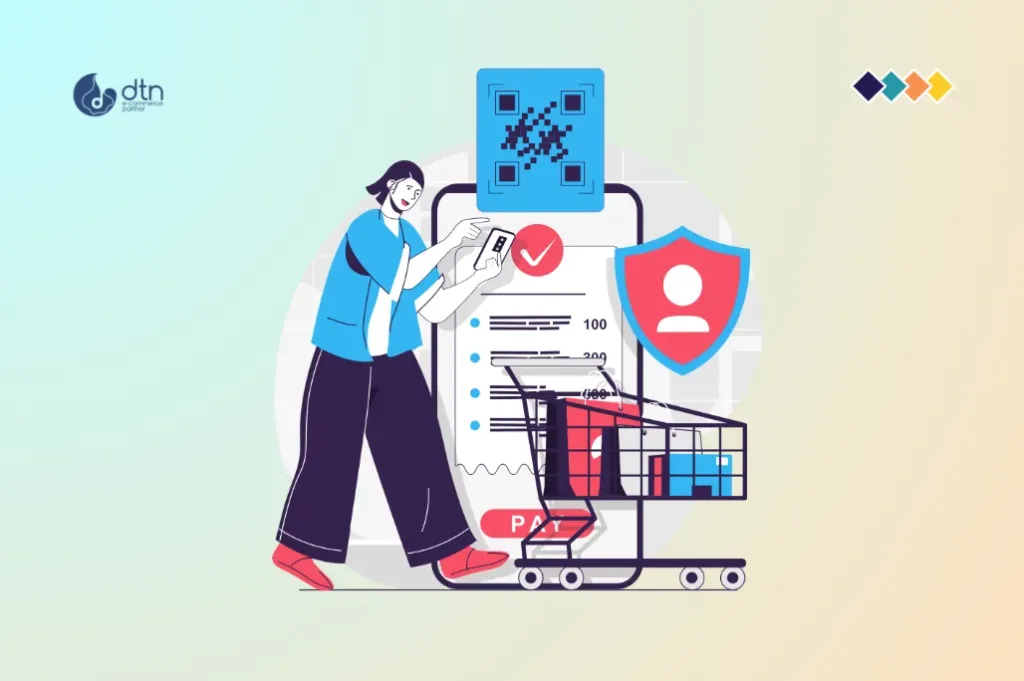
Conclusion
User-generated content tagging has emerged as a powerful tool for brands to leverage the potential of social commerce. By enabling users to tag products effortlessly, brands can drive sales, increase engagement, and gather valuable insights. As technology continues to advance, UGC tagging will become even more sophisticated and integrated, transforming the social media shopping landscape further. Brands that embrace this trend will be well-positioned to thrive in the dynamic world of social commerce.
Ofte stillede spørgsmål
Vi har samlet en liste med svar på almindelige spørgsmål.
UGC tagging allows users to tag products directly within their social media posts, creating a seamless shopping experience where potential customers can easily find and purchase items featured in real-life contexts.
For consumers, UGC tagging offers a convenient shopping experience by enabling direct access to products seen in social media posts. For brands, it drives sales, increases engagement, and provides valuable insights into consumer preferences and trends.
Brands can integrate UGC tagging through dedicated social commerce platforms like Shopify, third-party apps like Shoppable, custom tagging solutions, or by utilizing in-app tagging features on social media platforms like Instagram and TikTok.
Brands can encourage UGC tagging by running contests, offering incentives, providing clear instructions, and partnering with influencers to create engaging content that features tagged products.
The future of UGC tagging is likely to include AI-powered tagging for more accurate product identification, personalized tagging experiences based on user preferences, and the integration of virtual try-on and augmented reality to enhance the shopping journey.



